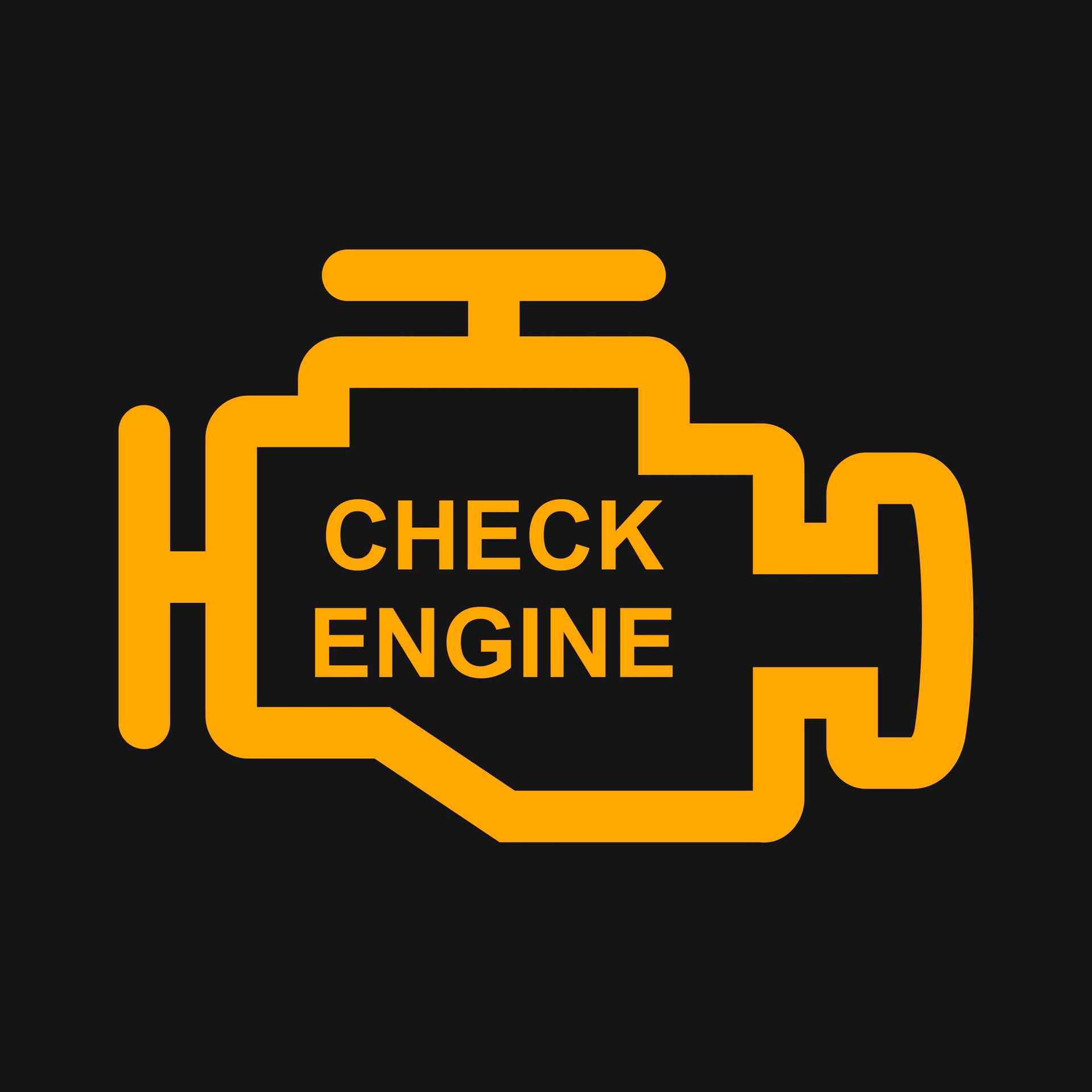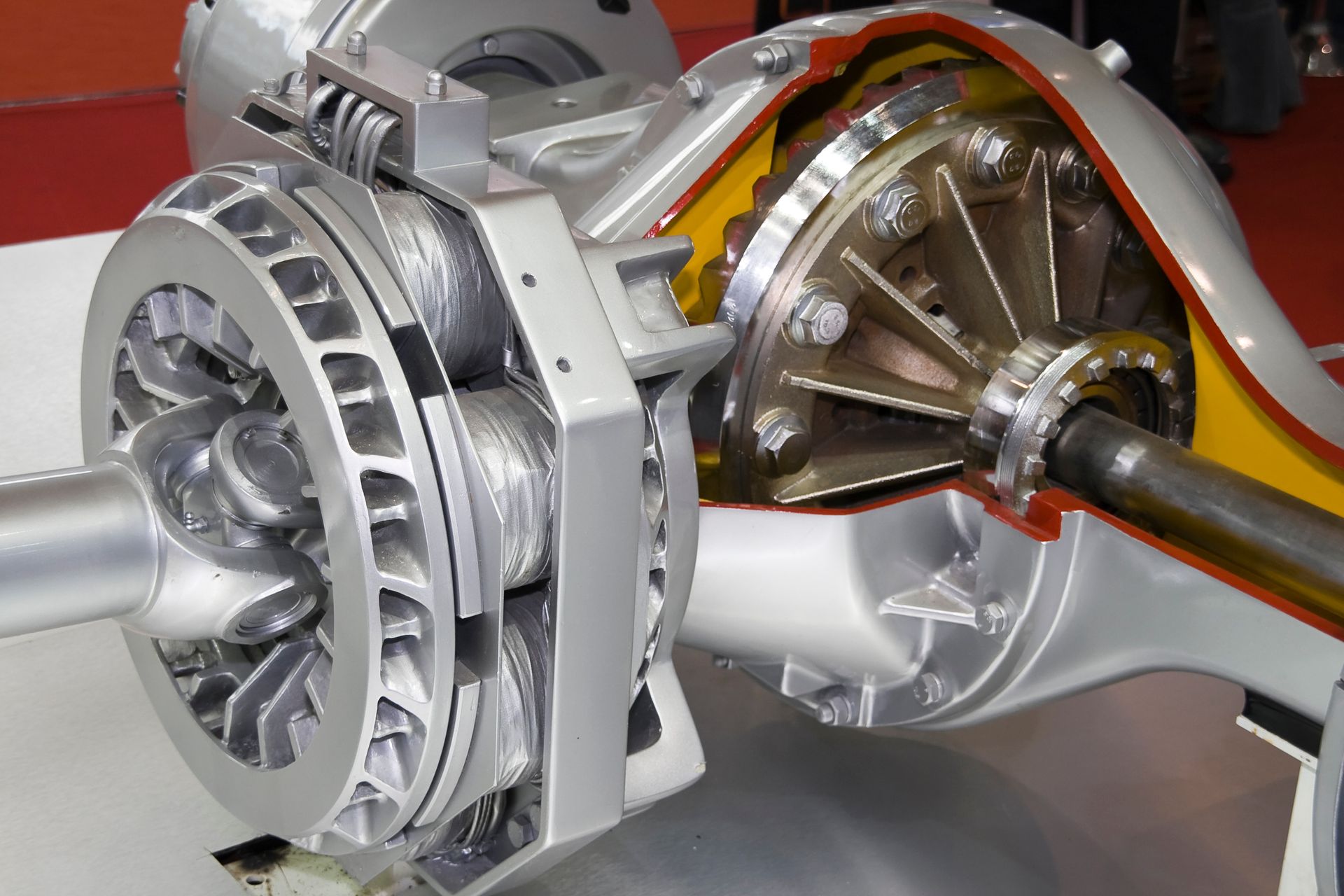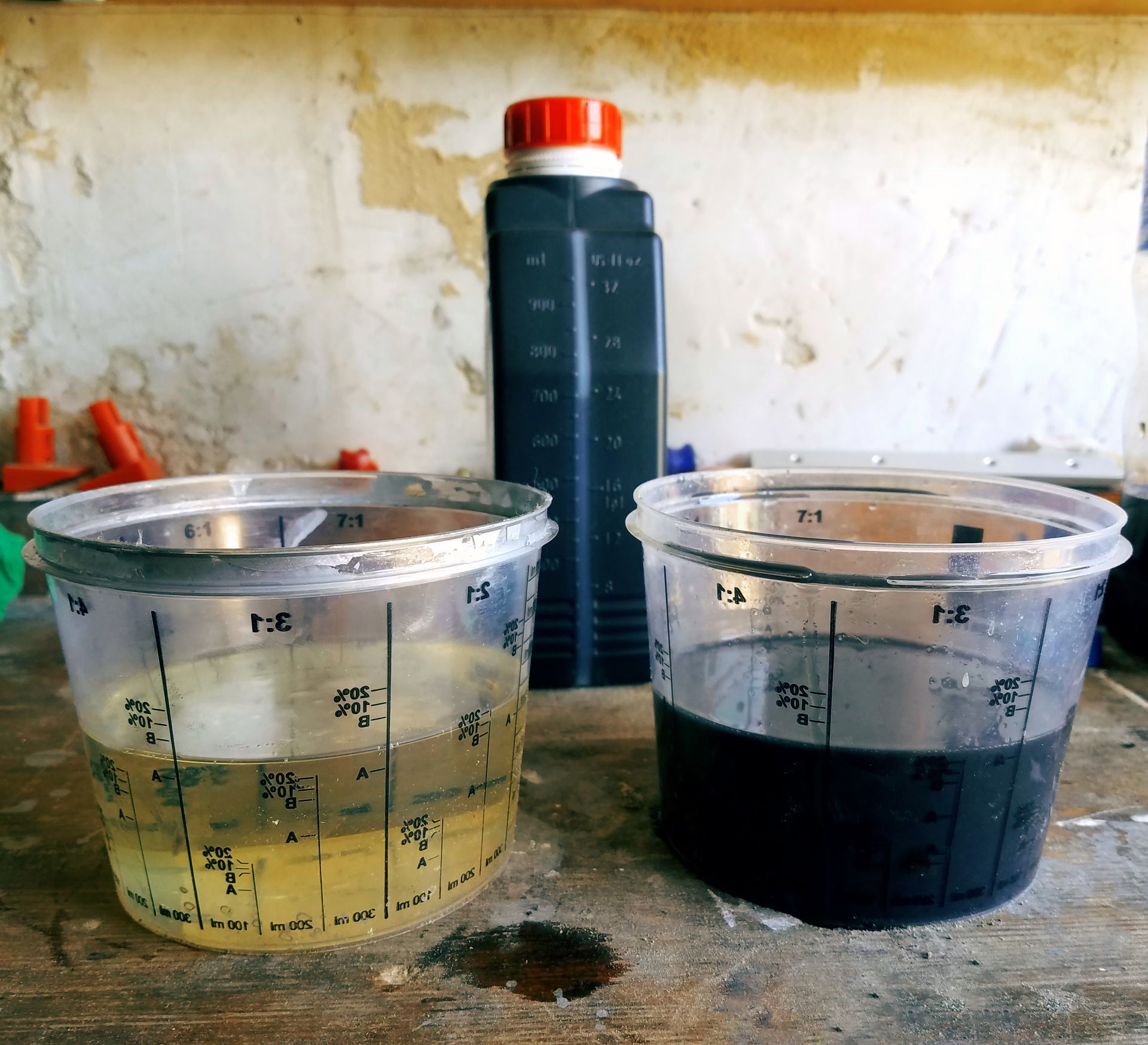It is crucial for your safety and the performance of your vehicle to maintain proper tire tread depth. As your tires age and accumulate mileage, their tread gradually wears down, which can affect traction, handling, and braking. Knowing how to measure tire tread depth at home can help you monitor their condition and determine when it's time for a replacement.
|Why Tire Tread Depth Matters
Tire tread depth directly impacts your vehicle's performance in different weather conditions. Adequate tread depth ensures better grip on wet or slippery roads, reducing the risk of hydroplaning and enhancing overall traction. Properly treaded tires also improve handling and braking, contributing to a safer driving experience. When tire tread depth becomes too low, it compromises the tire's ability to disperse water effectively, increasing the likelihood of accidents, especially in adverse weather conditions.
|Measuring Tire Tread Depth
There are several methods you can use to measure tire tread depth at home. Here are three simple and widely accessible techniques:
1. Penny Test
Take a penny and insert it into the tire's tread groove with Lincoln's head facing downward. If you can see the top of Lincoln's head entirely, your tread depth is below 2/32 of an inch (1.6 mm), indicating it's time to replace the tires. If part of Lincoln's head is covered by the tread, you have sufficient tread depth.
2. Tread Depth Gauge
Purchase an inexpensive tread depth gauge from an automotive store. Insert the gauge into multiple locations of the tire's grooves and read the measurements. If the measurements consistently show less than 2/32 of an inch (1.6 mm), it's time to consider tire replacement.
|When to Change Tires
As a general rule, tire manufacturers recommend replacing tires when the tread depth reaches 2/32 of an inch (1.6 mm) or less. Some countries and states have legal requirements mandating the replacement of tires at this tread depth to ensure road safety.
However, it's essential to consider replacing tires even before they reach the legal minimum tread depth if you notice any of the following signs:
- Uneven tread wear
- Bulges, cracks, or cuts in the tire sidewalls
- Frequent punctures or flats
- Tires are older than six years (regardless of tread depth)
- Poor handling or decreased traction on wet surfaces
Need Tires? SCC Performance is Here to Help!
If you need new tires or are worried about their condition, visit us at
SCC Performance! You can also book an appointment for other procedures and services, and we will take care of it.












